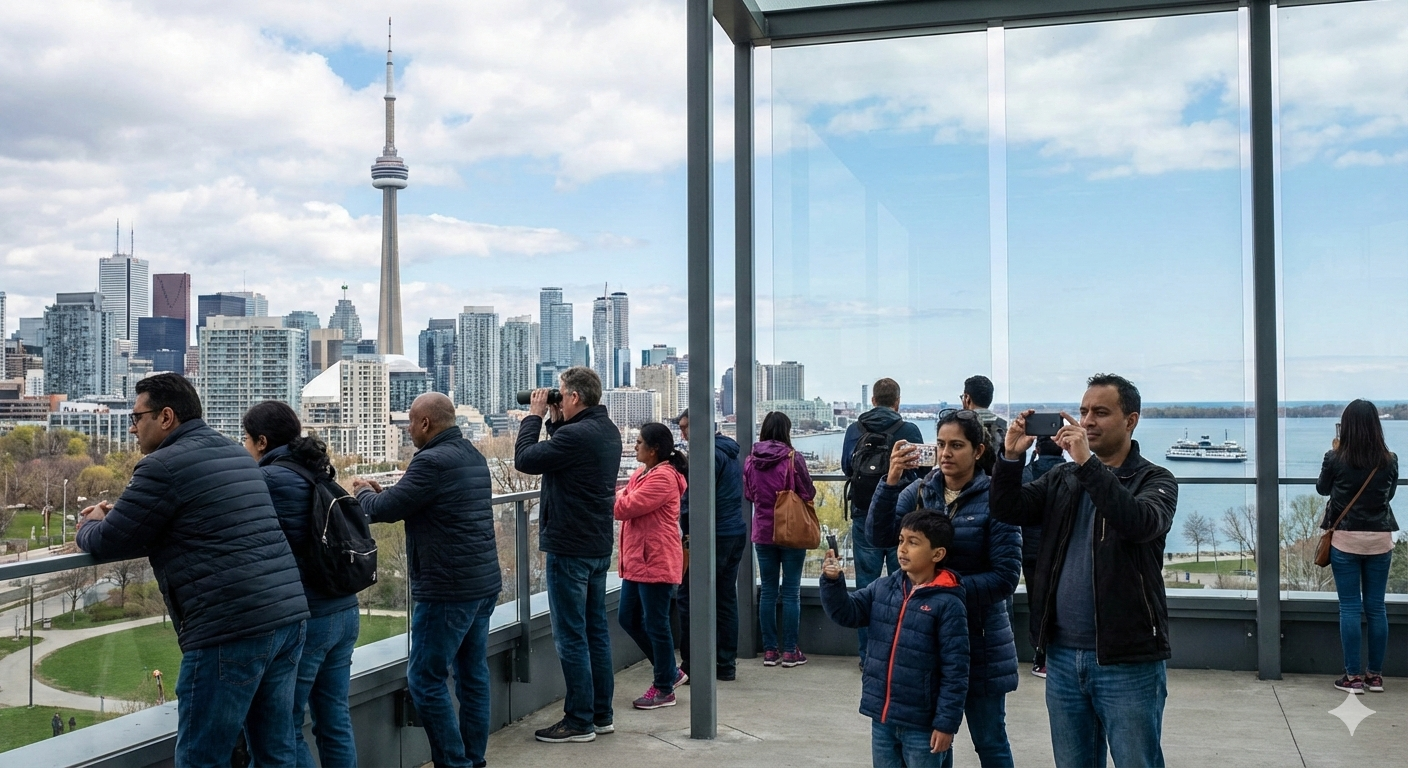IRCC Makes Steady Progress in Reducing Canada’s Immigration Backlog

Immigration, Refugees, and Citizenship Canada (IRCC) has
been steadily clearing its immigration backlog, showing noticeable improvements
over the past few months.
IRCC Backlog Drops by Nearly 8% in One Month
As of February 28, 2025, IRCC reported 821,200
applications in the backlog. Just a month earlier, the number was 892,100—a
reduction of 7.95%.
This marks the third straight month that the backlog
has stayed below one million, indicating consistent progress in how
applications are being processed.
Here’s a quick look at how the backlog has changed in the
last six months:
|
Month |
Backlog |
Monthly Change |
|
September 2024 |
1,097,000 |
+1.73% |
|
October 2024 |
1,056,100 |
-3.73% |
|
November 2024 |
1,006,500 |
-4.70% |
|
December 2024 |
942,300 |
-6.38% |
|
January 2025 |
892,100 |
-5.33% |
|
February 2025 |
821,200 |
-7.95% |
In total, IRCC had 2,029,400 applications in its inventory at the end of
February. Of these, 1,208,200 applications were processed within the
expected service standards.
What Does “Backlog” Mean?
An application is considered part of the IRCC backlog
if it is not processed within the expected timeline. These
timelines—known as service standards—vary by application type. For
example:
- Express
Entry: 6 months
- Family
sponsorship: 12 months
If processing takes longer than these timelines, the
application is added to the backlog.
IRCC aims to process 80% of all applications within
service standards. The remaining 20% usually involve more complex cases.
Current Immigration Backlog by Program
Permanent Residence Applications
- Total:
842,600
- Processed
within service standards: 478,600 (57%)
- Backlog:
364,000
Breakdown:
- Express
Entry backlog: 25% (above the 20% target)
- PNP
(via Express Entry) backlog: 36% (up from 30% last
month)
- Family
Sponsorship backlog: 14% (down from 15%)
Temporary Residence Applications
Includes work permits, study permits, and visitor visas.
- Total:
947,200
- Processed
within service standards: 532,700 (56%)
- Backlog:
414,500
Breakdown:
- Visitor
Visas: 65% in backlog (target: 50%)
- Study
Permits: 45% in backlog (target: 24%)
- Work
Permits: 34% in backlog (lowest since July 2023)
Citizenship Applications
- Total:
239,600
- Processed
within standards: 196,900 (82%)
- Backlog:
18% (within target range)
What’s Helping IRCC Reduce the Backlog?
IRCC has introduced several measures to improve processing
efficiency:
· Technology
Improvements:
IRCC has adopted advanced analytics and automation tools to speed up
decision-making, sort applications, and flag complex cases for officer review.
· Application
Caps:
Caps on certain programs—like study permits—help IRCC manage the number of
incoming applications.
· Lower
Immigration Targets:
The 2025–2027 Immigration Levels Plan, released in October 2024, aims to
reduce the number of new permanent residents, giving IRCC more space to
clear pending applications.






